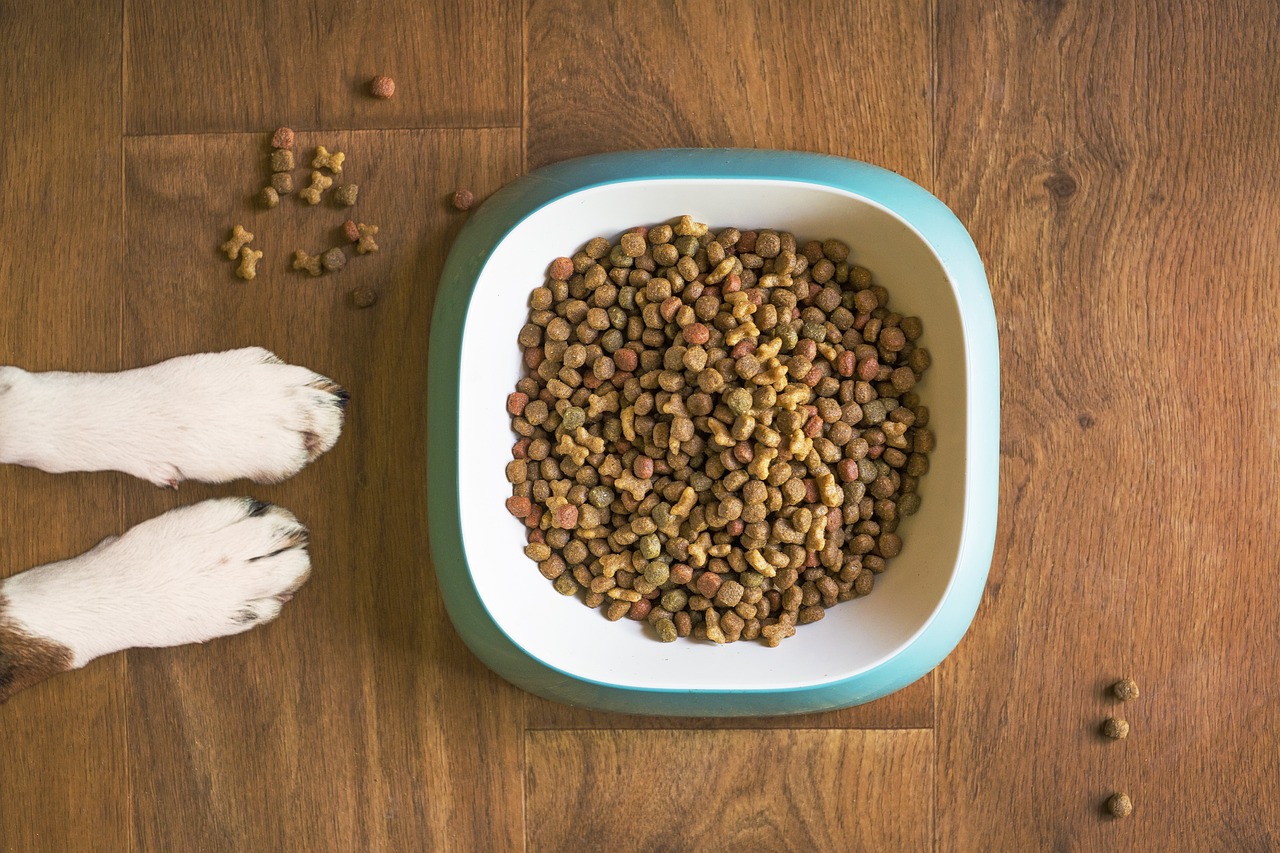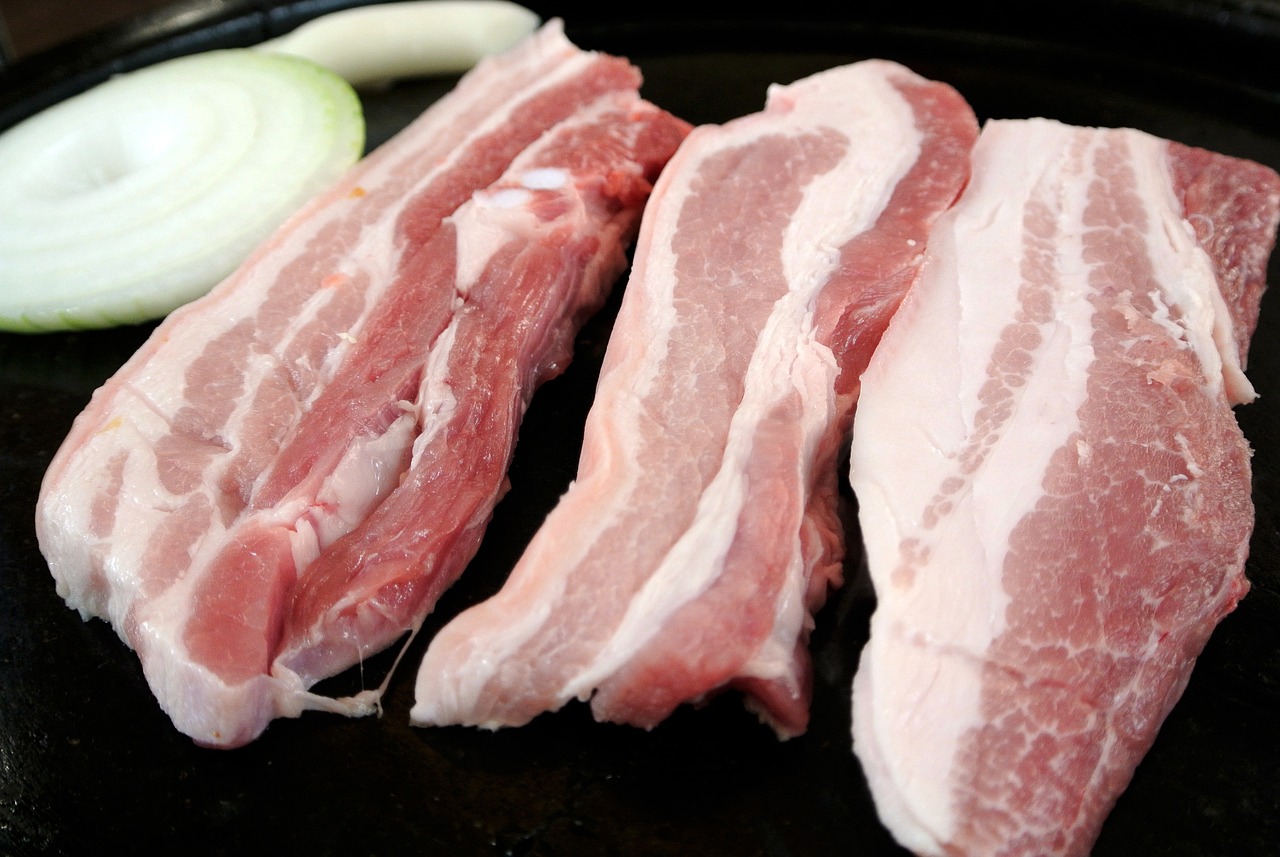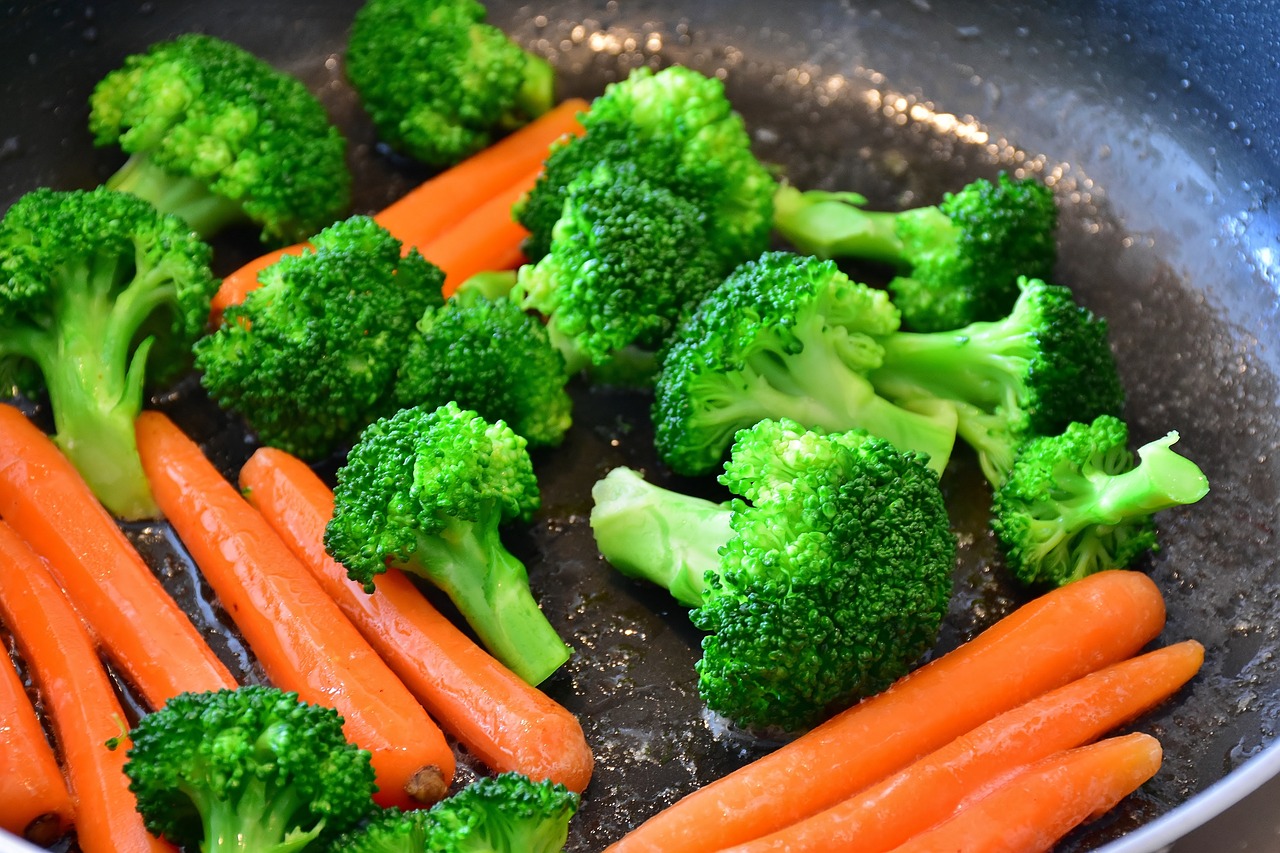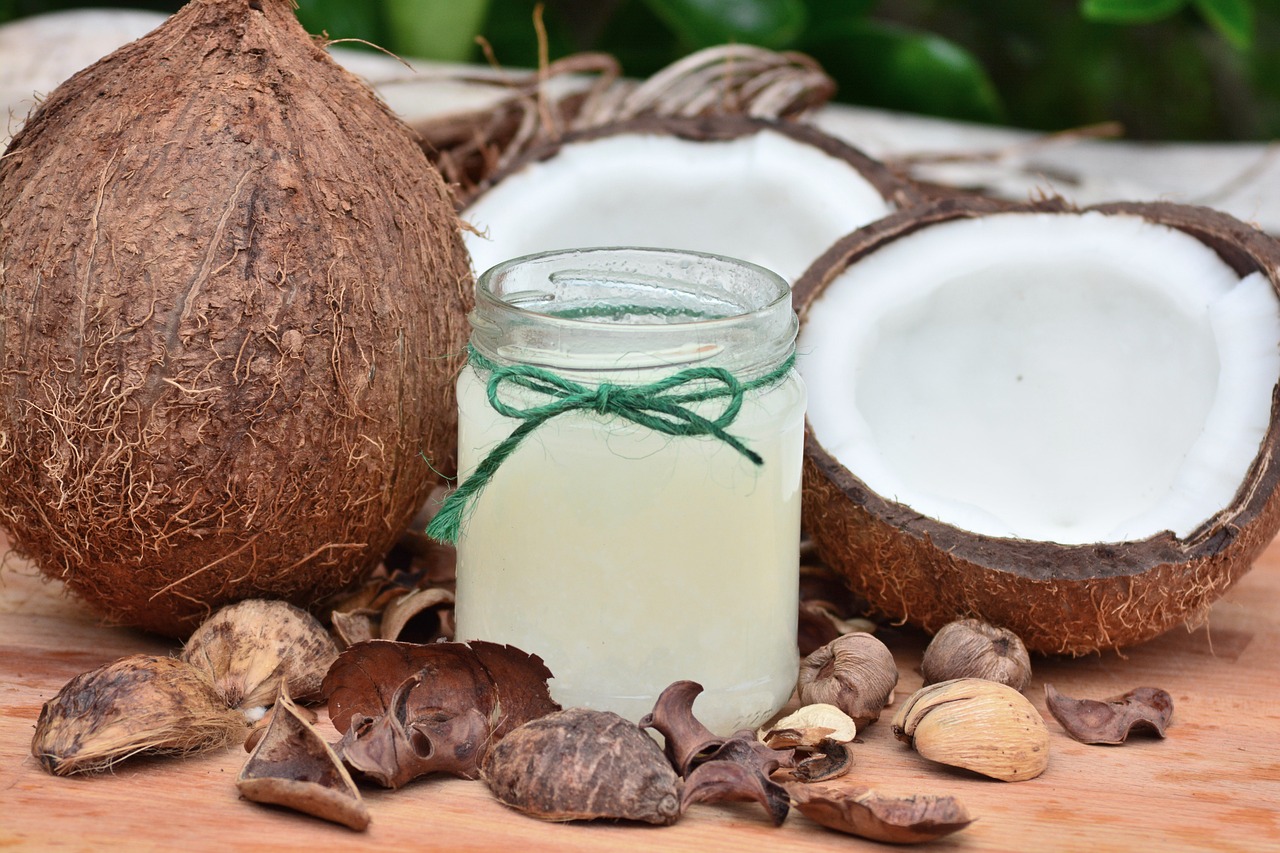
Humans need quality food to remain strong, fit, and healthy. And dogs do too! While dogs are not particularly selective about what they pass down their throats, your job as a dog owner is to ensure that your dog eats the nutritionally balanced diet they require.
Feeding your dog a nutritious, balanced diet is crucial to your dog’s health. There are various food products in the market, and selecting the best choice for your dog could be overwhelming. Some have decided to try out homemade recipes they find on the internet.
Homemade recipes are not advisable because the recipes posted over the internet often lack a suitable nutrient composition. If the meal given to your dog lacks the right amount of nutritional value, then this could pose serious health complications, like heart problems and skeletal abnormalities, for your dog.
Research shows that a healthy and well-balanced dog food diet must provide protein, carbohydrates, vitamins, fats, fatty acids, minerals, fiber, and water. Your dog’s body uses these food nutrients as the energy necessary to perform certain metabolic functions for its growth and maintenance.
So the next time you are out shopping for dog food, carefully read the label and watch out for these five ingredients a good dog food should have:
- Meat
- Organ meat
- Carbohydrates
- Vitamins and minerals
- Healthy fats
We will discuss the importance and functions of these ingredients and how they contribute to your dog’s well-being.
The Function Of Each Ingredient in Dog Food
1. Meat

The best dog foods have meat as their main ingredient. Meat is essential for your dog’s reproduction, maintenance, repair, and growth. Proteins come from several sources, but good quality animal-based sources offer the best nutritional value for your dog.
Some meat sources that are beneficial for your dog’s health are:
Beef
They are high in protein and B vitamins, and iron. For a higher nutritional value, if you can, choose pasture-raised beef. Avoid beef sources that use antibiotics and other chemicals.
Chicken
Chickens are the most common meat found in commercial dog foods. Ensure to get quality chicken from a trusted source. If you can, get free-range chicken sources because they have higher nutritional value.
Salmon
Salmons are rich in Omega fatty acids, selenium, and B12. They can boost your dog’s skin health and joint health.
Rabbits
They are high in protein and promote a healthier immune system for dogs. Rabbits are great alternatives for dogs with diet restrictions and intolerance.
2. Organ meat
You may not like the animal’s organs, but that does not mean your dog would not! Carnivores consume more than just the animal’s meat; they also ingest the organs. These organs provide a variety of nutrients. So, do not deprive your dog of the nutrients obtained from organs. Some animal organs include:
Heart
The heart tissue is high in taurine. Taurine is an amino acid essential for the heart’s proper function. The heart is a great food source for CoQ10, an enzyme that balances energy and prevents oxidative stress. The heart tissue also contains selenium, B vitamins, iron, and zinc.
Other Organs:
- Kidney Kidneys are incredibly high in nutrients containing protein and folate
- Liver: The liver provides a whole food source for the essential fat-soluble A, D, E, and K vitamins.
- Lung
- Tongue
- Eyeballs etc
Ideally, dogs should get all the organs of an animal as part of their regular diet. But admittedly, filling your freezer with eyeballs and tongues is a little weird. So, you can opt for the commonly available animal organs.
3. Carbohydrates

Carbohydrates may seem like an odd choice for dogs because they are carnivores, but they are not because dogs aren’t strict carnivores. Dogs can get nutrients from non-meat ingredients like vegetables, grains, and fruits. These ingredients provide your dog with the energy to enjoy its life. Ensure to avoid low-quality carbs like corn. Instead, go for these great sources of carbs for the excellent health of your dog:
Peas
Green peas are little legumes, which are a great source of fiber, protein, and vitamins. Peas provide your dog with vitamins A, B, C, and K.
Brocolli
This green vegetable is packed with calcium, potassium, and vitamin K, supporting strong and healthy bones. You can cook it or serve it raw. Broccolis provides your dog with loads of vitamin C and low-fat fiber and helps to improve your dog’s digestion.
Carrots
Carrots are rich in vitamin A, beta-carotene, and fiber. This root veggie supports your dog’s eye health, skin and coat, immune system, and digestion. Dogs also find this vegetable irresistible.
Blueberries
Dogs enjoy blueberries. Blueberries are excellent sources of Vitamin C, K, fiber, and antioxidants, which prevent an upset tummy in dogs and assist their brain function.
4. Vitamins and minerals

Most of the dog’s vitamin comes from fruits and vegetables. However, high-quality dog food incorporates vitamins and minerals from fruits and veggies into its recipes. If your dog’s food is balanced, you do not need to add vitamins or mineral supplements except those prescribed by the vet. Some of the vitamins a dog needs are Vitamins A- E and K, phosphorus, chlorine, and calcium.
5. Healthy fats

Healthy fats are incredibly beneficial for dogs. They are concentrated nutrients more than twice as high in energy as proteins and carbohydrates. Fats in good quality dog food are easily digestible and from a good source. The two primary types of fat a good dog food should have are:
- Omega-3 fatty acids: Flaxseeds, fish oils, and canola oil are excellent sources of Omega-3 fatty acids.
- Omega-6 fatty acids: Animal and poultry fat, coconut, and sunflower oil contain Omega-6 fatty acids.
Conclusion
Getting high-quality dog food can not be over-emphasized, as your dog’s health depends on it. When you deprive your dog of the right amount of nutritional value, you expose it to severe health implications. Remember to read the label on your dog’s food packaging. That’s the best way to know what they eat.



